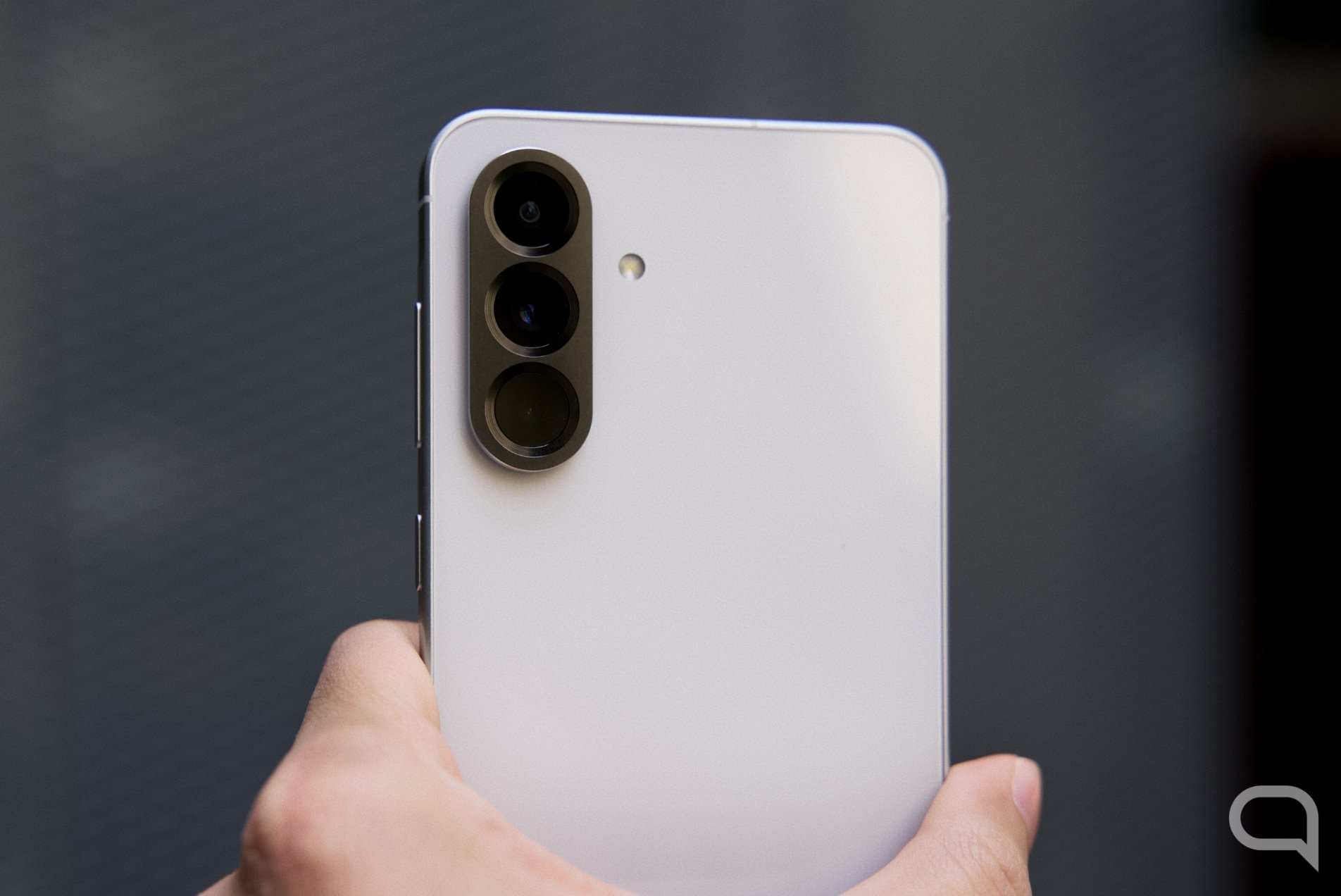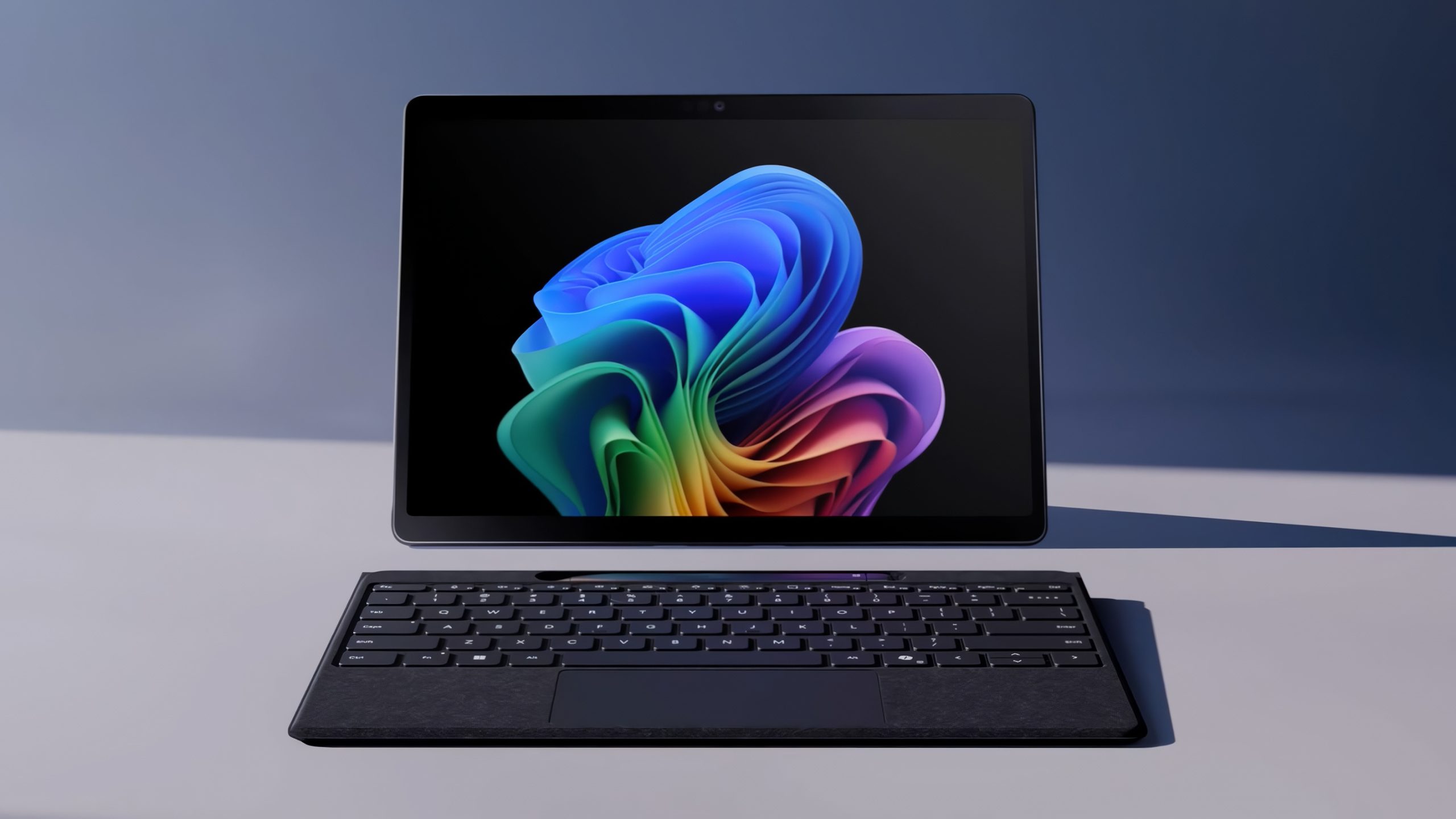Yesterday, Microsoft made it clear that it is more eager than ever to achieve the success that has eluded it for so long. Windows on ARM. The emergence of the Copilot+ PC, a new category of computers focused on artificial intelligence, is a complete demonstration of this. The same can be said for the new Surface Pro and Surface Laptop, which are equipped with Qualcomm Snapdragon X Plus and Snapdragon X Elite processors. Although there is another key point in this story that has gone virtually unnoticed, and it is called prism.
Windows on ARM requires native applications to be successful. And while many companies have already expressed their willingness to move their software to this platform, the reality is that there is still a long way to go. Prism is nothing more than an emulator that takes care of bridge the gap between x86 and ARM.
Microsoft believes that users of the new Copilot+ PCs will have a fairly comprehensive catalog of native applications. However, there are many tools that are not yet available on Windows on ARM, and it is unknown whether they will have a version for the said platform in the near future. This is why Prism is playing such an important role in the transition to new computers with built-in artificial intelligence.
Prism for Windows on ARM is similar Socket And Rosetta 2 were for macOS during the transition from PowerPC to Intel and from Intel to Apple Silicon, respectively. That is, a level of compatibility that allows work to be done without software modifications for x86 on chips such as the Qualcomm Snapdragon X series chips.
Microsoft is putting a lot of features into Prism to achieve the long-awaited success of Windows on ARM
While Microsoft hasn’t specified exactly how Prism works, it has made some pretty ambitious claims. This tool can emulate x86 applications. two times faster than on previous Windows ARM devices, the company says. Perhaps most surprisingly, though, Redmond claims it’s as effective as Apple’s Rosetta 2.
Apple software played a critical role in the successful transition of Mac computers to Apple Silicon M-series chips. So, if Microsoft is right and can ensure that its vast catalog of software runs smoothly for x86 Windows computers on ARM, The appeal of Copilot+ computers could quickly increase.
But be careful, this doesn’t mean Redmond plans to stop supporting Intel or AMD processors. However, they still have a lot of work to do integrating the powerful NPUs needed to run Windows 11’s new AI capabilities into their chips, so Snapdragon PCs have an advantage in this race.
Microsoft aims to sell 50 million Copilot+ computers in 2025. If it achieves this, it will be a dramatic leap for adoption of Windows on ARM. The prism will have to carry a significant portion of the software’s weight on your shouldersand developers are working on their own versions of their applications.
Source: Hiper Textual
I am Garth Carter and I work at Gadget Onus. I have specialized in writing for the Hot News section, focusing on topics that are trending and highly relevant to readers. My passion is to present news stories accurately, in an engaging manner that captures the attention of my audience.











